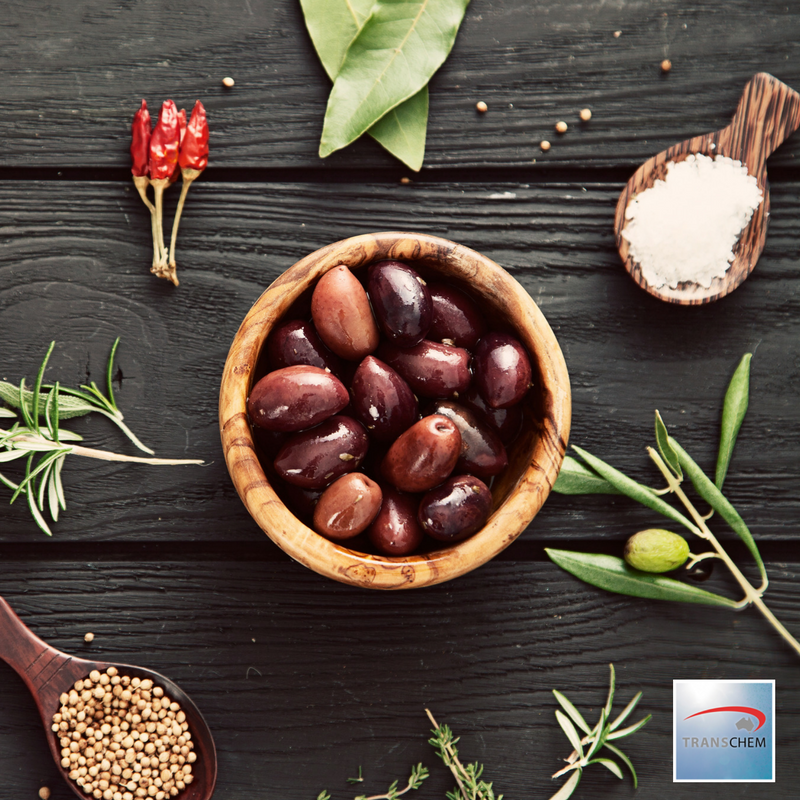Don’t have a clue about ‘clean’?
As the ‘clean’ movement gains mainstream traction, as is reflected by consumers opting for healthier food and lifestyle choices, it is important to understand what ‘clean’ actually means within the industry and to the consumer.

Recent findings from Nielsen’s Global Health and Ingredient-Sentiment Survey show just how improved awareness of ingredients is driving the ‘clean’ movement:
75% of global respondents say they’re worried about the long-term impact of artificial ingredients.
Artificial flavours (62%), preservatives (62%) & colours (61%) are the most avoided food ingredients among global consumers.
Only 45% of respondents with special dietary requirements say that current offerings fully meet their needs.
On a global scale, the market for organic, functional allergen-free, and better-for-you foods will reach a record $1 trillion in 2017, according to Euromonitor International.
So what does ‘clean’ actually mean?
Essentially, ‘clean’ is the ability to produce a product without the use of chemicals. Depending on the manufacturer and/or marketers, a ‘clean’ label could mean “all natural”, “no chemicals”, “no artificial preservatives”, etc. While these attributes are relevant, the current trend of clean food labels also means a simple ingredient list.
Notions of ‘clean’ are often confused in the market by healthy eating trends. The eating clean mantra consists of eating whole, unprocessed foods in their most natural state. ‘Eating clean’ would also include choosing organic foods wherever possible. These foods have been grown without synthetic pesticides, fertilisers or sludge. Additionally, products labelled as organic cannot be genetically engineered or irradiated. These factors are of immense interest to the discerning consumer in what is fast becoming a clean living trend.
Ramifications for the ingredients and food manufacturing sector
Consumers are inundated with marketing in this area, and the message for brands that want to clarify their use of clean ingredients is not to rely solely on clean messaging. Education about what clean actually means, and showcasing the natural ingredients in a product can help improve the general consumer’s understanding of ‘clean’. Besides the ‘clean’ angle, focusing on a product’s other benefits will also help differentiate it in the market.
Challenges for food manufacturers converting to clean options include maintaining flavour, texture, colour, and product stability. The functionality of the ingredients attempting to be replaced by clean ingredients can also play havoc with product consistency and reliability. However, these challenges appear to be very much worth the effort needed to overcome them.
Whilst the clean living movement is in relative infancy now, the early signs suggest that it will transition very quickly into a global trend and consumer expectation. What’s interesting about Clean Label is that it is less driven by nutritional claims, and more by ingredient transparency and brand reputation. Ingredient and food suppliers must be as transparent as possible in the future. Companies communicating fewer ingredients, minimal processing, and detailed origin stories about their products will be well-placed to take advantage of what is shaping up to be the next big global trend.

 +61 (0) 2 9887 1688
+61 (0) 2 9887 1688
